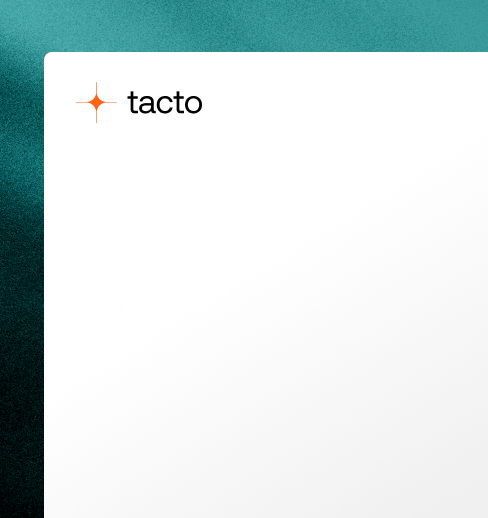Procurement Glossary
EDI (Electronic Data Interchange): Definition, process & significance for Procurement
Electronic Data Interchange (EDI) is a pioneering technology for the electronic exchange of data between business partners. This standardized method enables companies to exchange business documents such as orders, invoices or delivery bills automatically and paperlessly. In today's digitalized business world, EDI has become an indispensable tool that not only increases process efficiency, but also reduces costs and minimizes errors.
What is EDI (Electronic Data Interchange)?
Electronic Data Interchange (EDI) is a standardized procedure for the electronic exchange of structured business documents between companies. For Procurement , EDI enables the automated, error-free and fast transmission of orders, delivery bills and invoices, which leads to considerable time and cost savings in the procurement process.
Introduction to EDI (Electronic Data Interchange)
Types of EDI:
- Direct EDI (point-to-point): The systems between two companies are directly connected. Disadvantage: high installation and administration costs. Nevertheless, this system is currently widely used.
- Value-added network: Data is transmitted via a third-party network.
- Internet EDI: The parties to the data transfer process this via an Internet platform.
EDI process
- Document creation: The sender creates and sends a document (e.g. PO order, invoice, etc.)
- Translation: Before sending, the document must be translated into a standardized EDI format.
- Transmission: The translated document is sent to the business partner.
- Receipt of the data: The business partner receives the document in EDI format and checks it for completeness.
- Translation - recipient side: The EDI document is transformed into a readable format.
- Processing: The document is processed in the recipient's system, usually in the ERP system. Integration of the ERP and EDI system is a great advantage here.
- Confirmation: An EDI message is sent to the sender to confirm receipt and successful processing.
Importance of EDI in Procurement
In the procurement process, EDI enables efficient and error-free communication between buyers and suppliers. The rapid exchange of orders, order confirmations and invoices shortens throughput times and increases transparency. This leads to cost savings and improves business relationships with suppliers.
- Faster processing: Reduced processing times thanks to automated processes
- Cost efficiency: savings through less paper consumption and lower personnel costs
- Error reduction: Minimization of input errors and data inconsistencies
- Improved collaboration: stronger ties and trust through transparent and reliable communication
EDI (Electronic Data Interchange): From paper-based to electronic data interchange
Electronic Data Interchange (EDI) is essential for efficient and error-free data exchange in today's business world. Traditional paper-based processes are reaching their limits as they are time consuming and have a high potential for error. The need to transform to electronic systems is essential to meet the requirements of speed, accuracy and process costs.
Traditional approach: paper-based data exchange
In traditional paper-based data exchange, business documents such as orders, incoming invoicesand delivery bills are created manually and sent to business partners by post or fax. Employees have to manually enter these documents into their internal systems, which is not only time-consuming but also carries a high risk of typing errors and data loss. Typical tools for this approach are typewriters, fax machines and physical filing systems. The main problems are delayed communication channels, increased administrative costs and limited transparency about the current status of business processes. In addition, manual processing often leads to inefficiencies and errors that can result in costly corrections.
New: Electronic Data Interchange (EDI)
With EDI, data is exchanged electronically and automatically, using standardized formats to ensure smooth communication between the IT systems of business partners. Modern implementations integrate EDI seamlessly into existing ERP systems, eliminating the need for manual intervention. Key innovations include the use of international standards such as EDIFACT and secure transmission protocols. This significantly shortens process times, minimizes the error rate and increases transparency along the entire digital supply chain. In practical terms, this means that orders, shipping notifications and invoices can be exchanged and automatically processed in real time, resulting in more efficient collaboration with suppliers and customers.
Practical example: Automotive industry
In 2023, a leading car manufacturer implemented a comprehensive EDI system for its top 50 suppliers, which together represent an annual purchasing volume of 250 million euros. Before the changeover, orders, shipping notifications and invoices were largely exchanged by email and manually entered into the respective ERP systems, which took an average of 45 minutes per order.
The EDI implementation had an immediate effect: the processing time per order was reduced to less than a minute, as data is now automatically exchanged between the systems. With a volume of 5000 orders per year, this meant a saving of 3666 working hours. With average personnel costs of 60 euros per hour, this alone resulted in an annual cost saving of 220,000 euros.the indirect effects were even more significant: The error rate for data entry fell from the previous 2.8% to less than 0.1%, which reduced the number of corrections required from 1,400 to 50 per year. Supplier delivery reliability improved from 89% to 97%, as orders are now transmitted in real time and suppliers can plan their production better. This led to a 22% reduction in safety stocks, which reduced storage costs by 3.8 million euros per year.
The suppliers also benefited considerably: their administrative costs fell by an average of 15%, while their production planning was optimized thanks to the improved data availability. The investment costs of an average of 50,000 euros per supplier were amortized after just 8 months. The standardized communication also enabled better integration into the product development processes, which shortened the time-to-market for new components by an average of 20%.
Conclusion on the introduction of EDI
EDI is revolutionizing electronic data interchange in the procurement process and offers companies significant advantages through automated, error-free communication. Despite initial investment costs and implementation challenges, the long-term benefits outweigh the costs: reduced process costs, improved supplier relationships and increased efficiency. With the integration of modern technologies such as cloud computing and AI, EDI will remain an indispensable tool for successful digital procurement processes in the future.







.png)
.png)
.png)
%20%E2%80%93%20Jakob%2C%20Ines.png)
%20%E2%80%93%20Jan%2C%20Jacob.png)
.png)
.png)
